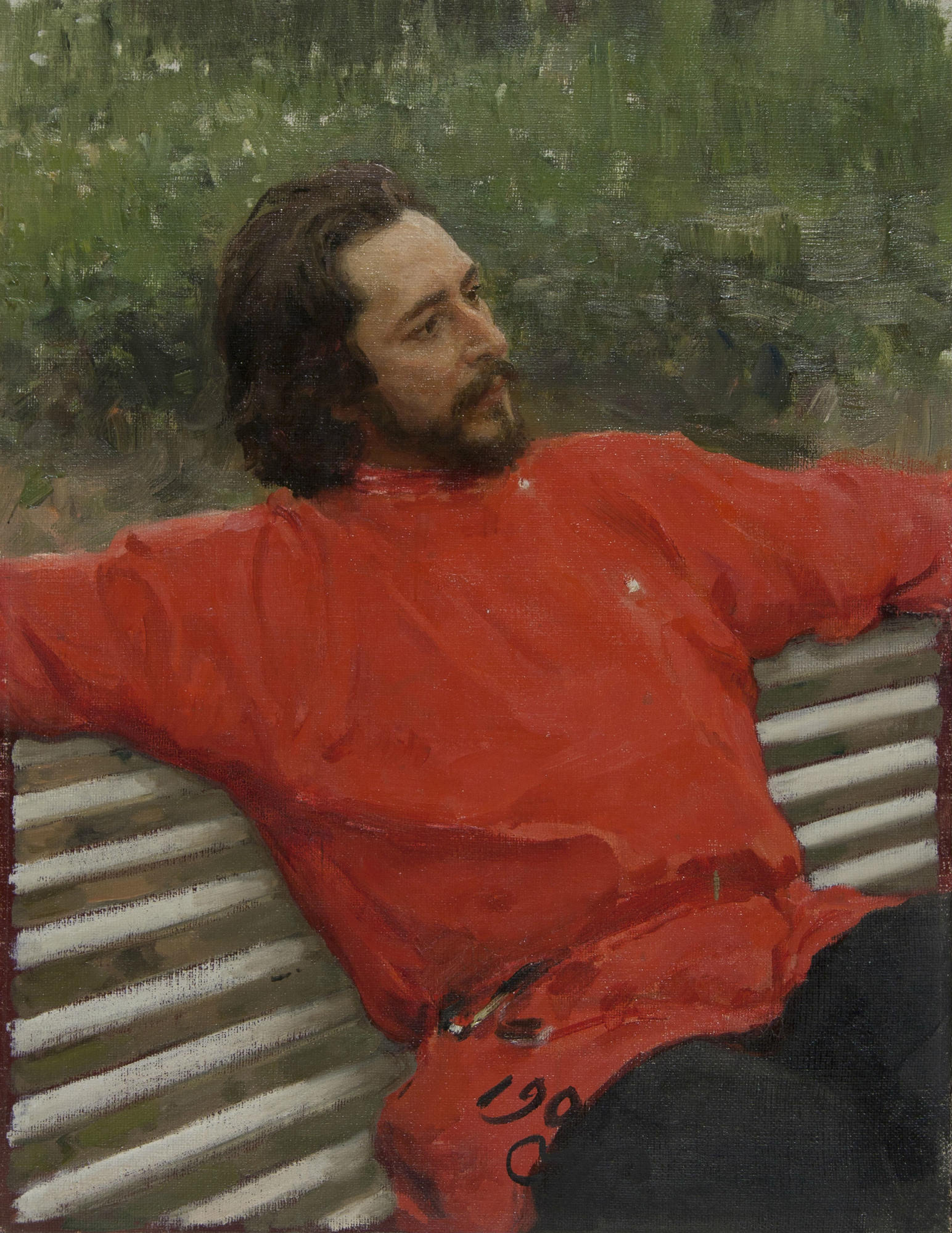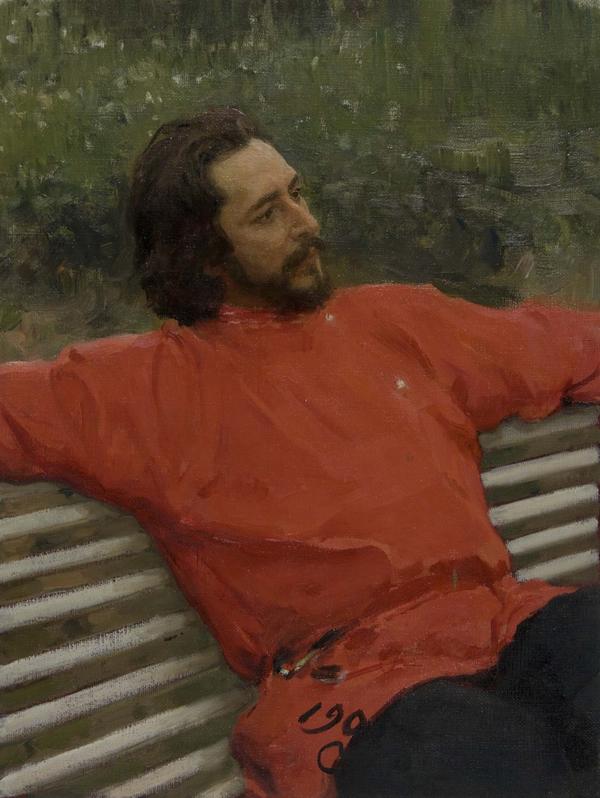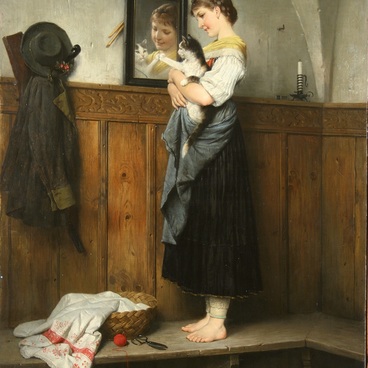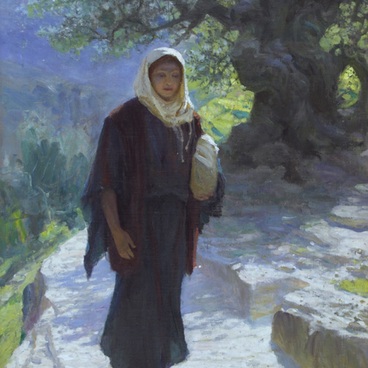Ilya Repin was a remarkable master of historical, domestic and portrait genres. Portraits form an important part of Repin´s legacy. The deep psychological characteristics, the ability to convey the personality of the model, and great artistic skills make Repin to be one of the best portraitists of his time.
The portrait of Leonid Andreev is in the collection of the Vrubel Museum. Previously, it was held in the gallery of the famous collector I.E. Tsvetkov. The portrait was created in the summer of 1905, in the artist´s estate ‘Penates’. The works of that period differ from his earlier paintings, since the artist was a reformer, keenly aware of the spirit of change.
Repin’s estate gathered the best representatives of artistic world, including the writer Leonid Andreev who visited often. According to the poet Alexander Blok, Andreev was a man who “was carrying the world chaos within himself.” Andreev used symbolism to express social ideas and feelings in allegorical form. His stories evoked a feeling of anxiety and dissatisfaction with life.
Repin depicted Leonid Andreev twice. The first work “Portrait of Leonid Andreyev in a white shirt” from 1904 is held in the State Tretyakov Gallery. The painting is with bright colors and gradations of white, emitting a soft character, a sensitive nature, and rich spirituality that seems lackadaisical. The image did not satisfy Repin, and Andreev agreed to pose again.
In a year, Repin painted the second portrait of the writer. It was a handsome man “with a dark-skinned, decorative face”, sitting with his arms outstretched on a garden bench. Free, relaxed posture combined with almost royal greatness. Repin used to call Andreev “the Duke of Lorenzo.” The portrait was titled “Summer Holidays.”
The first relaxed impression of the picture is delusive. The whole structure of the portrait is aimed to dramatize the image. The diagonal cross-shaped composition, the combination of contrasting colors, and the three-quarter turn of the head create internal dynamics, emotional tension and deep psychologism. Green and red colors make each other sound stronger, despite the black-and-white modeling the figure is perceived more as a spot, and the background is closer to a plane rather than to a deep illusory space. The resulting decorative effect of the portrait links it with the works of the Art Nouveau style from the turn of the 19th-20th centuries.



